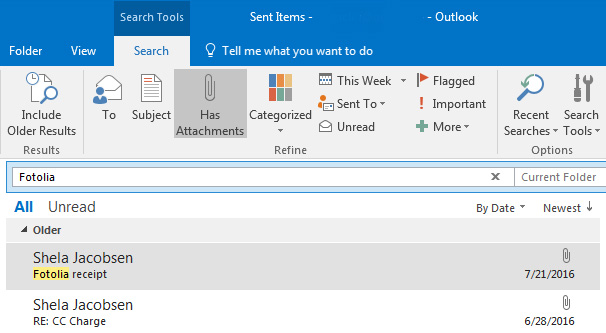

On the view tab, to the right side are the buttons for changing the layout. You can choose to show up to 3 lines of text from the body of the message. For each email, you will see the sender, the subject line and the date/time stamp. This feature will change how many lines of the message you see in the center pane list. The “Message Preview” button is on the left side of the Arrangement group. Each of these sections will have a bar heading. For example, if you are sorting by “Date”, it will have groups called “Monday”, “Last Week”, etc.

The groups may vary depending on how you have chosen to sort. Do a reverse sort, add columns, or even expand or collapse the group of messages you are on in the inbox. To change the field the messages are sorted by, click on the field (Date, From, To, etc.) in the “Arrangement” gallery. You can adjust the order from most recent to oldest and vice versa.Īnother place to customize the sort order is on the View tab. Next to these choices is the button “Newest” with an arrow. And, it keeps the related items together in one thread.Īt the top is also a place to choose “All” or “Unread” messages. This helps to reduce the numbers of individual pieces of email in your inbox. This feature will group the replies with the original message. You might like to select “Show as Conversations” from the drop down list to help organize your inbox, too. When you click the down arrow next to “By Date”, you will get several other choices including From, To, Size, Subject and many more. You will also have a sort option, which is usually set to “By Date” as the default. We will cover that in the next section of this post. In the center section (See Figure 1), you will have an option to “Search Current Mailbox”. You have the Folder pane on the left, the message list in the middle, and the reading pane on the right. In your standard Outlook inbox, you usually have three panes.

As you get your inbox more cleaned out and organized, sorting can still be a useful tool. To initially wade through your messages, adjusting your sorting can be helpful to find messages. However, I must give a disclaimer: The user has to take some time to set up these up and must spend a little time each day maintaining the received and sent messages. Outlook has so many great tools that can be utilized to help tame an unruly inbox. Most of the people I train use Microsoft Outlook for their email application.


 0 kommentar(er)
0 kommentar(er)
